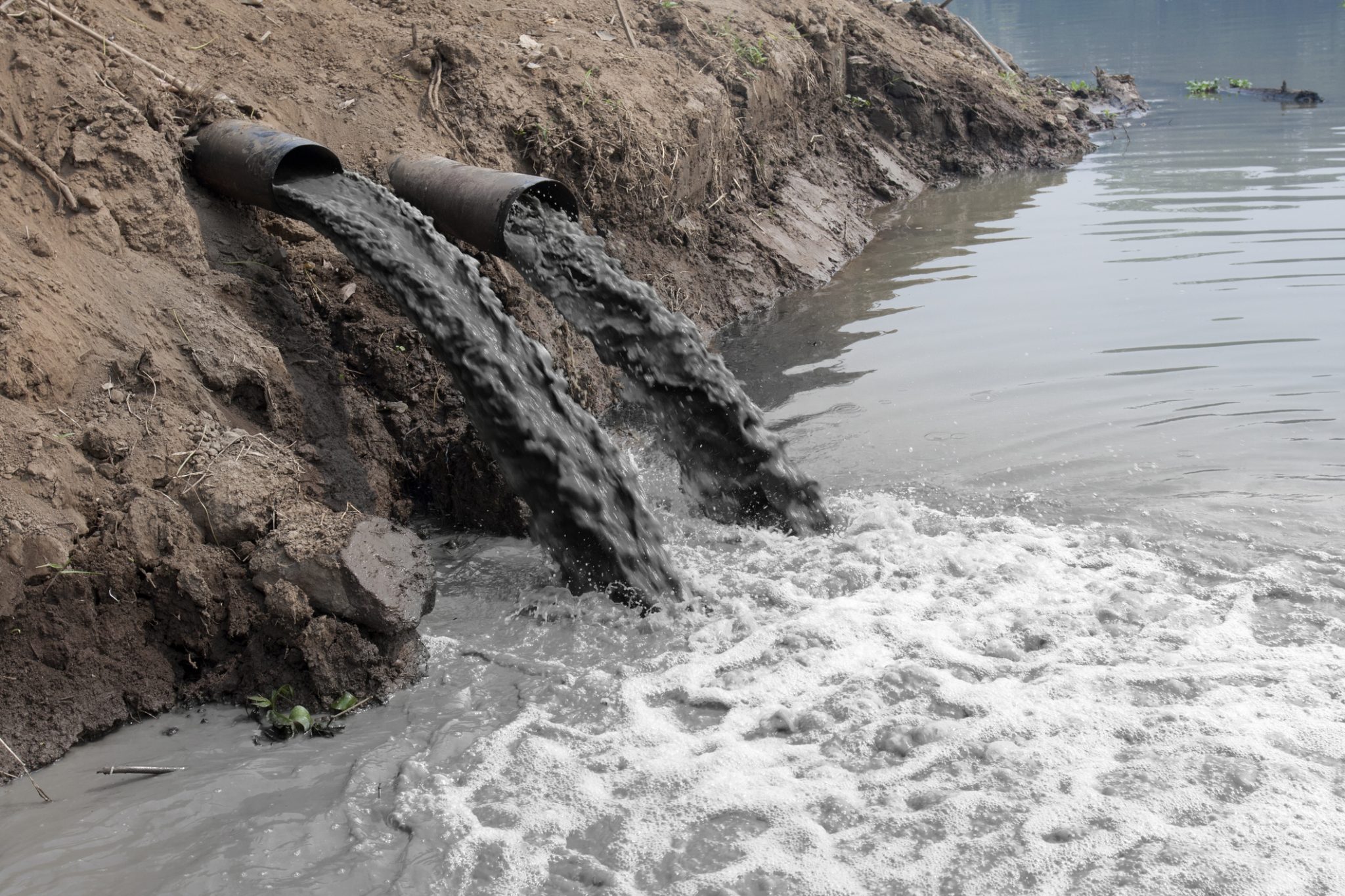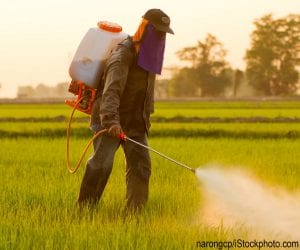When you imagine pollution, you might think about litter on the side of the road or plastic bottles floating in the ocean. You might think about how trash affects animals and their habitats. While these examples are perfectly valid – the full story of pollution goes much deeper.
The effects of pollution are felt by every living thing on the planet, both big and small, in a wide variety of different ways. Human health, for example, is directly connected to the quality of the air we breathe and the water we drink – two things necessary for survival that are impacted by pollution every day. Read on to learn more about the effect of pollution on human health.
What Are the Effects of Air Pollution?
Access to clean air is one the key deciding factors that determines whether or not a country has strong public health. Breathing in polluted air causes damage to our internal organs and is particularly dangerous for vulnerable groups like children, the elderly, or people with chronic health issues.

1. Cancer
One of the most prevalent health issues that is caused by exposure to air pollution is cancer. Studies have shown that living near highways and breathing in vehicle pollution increases the risk of developing breast cancer. Exposure to airborne chemicals used in aerosol products and paint remover has been shown to increase rates of breast cancer as well. Lung cancer rates in industrialized areas also show the effect of pollution on human health. The mining and burning of coal creates heavily polluted air, increasing rates of lung cancer in communities where coal is mined and used to generate energy.
2. Cardiovascular Disease
Cardiovascular disease is another health issue that can stem from breathing polluted air. Daily exposure to nitrogen oxides (chemical compounds found in car exhaust and smog) has been shown to increase a person’s stroke risk. These same chemicals can also decrease the amount of good cholesterol that we have inside our bodies, increasing our odds of developing other cardiovascular diseases. These cardiovascular issues can be especially dangerous for people who are pregnant. When exposed to traffic related air pollution, extreme changes in blood pressure can occur that can seriously jeopardize the health of both the baby and the parent.
3. Respiratory Issues
Many respiratory issues, like asthma, have a direct link to air pollution. When air is heavily polluted, asthma symptoms can be triggered or made worse. Children can even develop asthma from breathing polluted air. Why this happens is not entirely understood, but there’s evidence that suggests childhood exposure to high levels of carbon monoxide and other air pollutants can alter a child’s DNA. These alterations make the child more susceptible to developing asthma. In addition to asthma, respiratory health issues like COPD, emphysema, and chronic bronchitis can all be caused by air pollution.

Water Pollution and Public Health
Just like the air we breathe, the water we drink plays a tremendous role in public health. Unlike air pollution, which typically comes from vehicles and pollutant producing factories, water pollution tends to come from sewage leaks, agricultural runoff, and waste being dumped into bodies of water. However, just like air pollution, water pollution can cause a wide variety of concerning health issues.
1. Blue Baby Syndrome
One commonly found water pollutant is nitrate. Nitrate is a natural compound found in fertilizers that can enter the water supply after a farm is hit with heavy rainfall. While not typically dangerous for adults, water containing a high level of nitrate can cause health issues for infants. When infants drink formula mixed with nitrate rich water, they can develop a condition called methemoglobinemia – or “blue baby syndrome”. This condition removes oxygen from the baby’s blood and can be fatal if not treated promptly.

2. Hormonal and Reproductive Issues
Human-made chemical compounds can also cause severe health issues if they contaminate a body of water. One of the most prevalent toxic chemicals found in water are polyfluoroalkyl substances – or PFAS. PFAS are water-repellant chemicals found in a wide variety of common household items like pizza boxes, rain jackets, and nonstick pans. PFAS are also released into the water supply by airports and military bases. When people consume water containing high amounts of PFAS, they can develop hormonal and reproductive health issues. Drinking water polluted with PFAS can be especially dangerous for pregnant people, who can experience pregnancy-induced hypertension (high blood pressure) and pre-eclampsia (a blood pressure condition that can affect the parent’s organs).
3. Gastrointestinal Illness
Sewage leaking into drinking water is another form of water pollution that causes disruptive health issues like gastrointestinal illness. Improperly sterilized or polluted water can contain bacteria like salmonella and E. coli, both of which can be very dangerous. This type of pollution is more common in places around the world with less developed sanitation and waste management systems, leaving people vulnerable to getting sick from their daily drinking water.
Clean Air and Clean Water are Essential to Human Health
When it comes to preserving public health, prioritizing access to clean water and air is essential! Polluted air and water take a large toll on a population’s health. To protect the most vulnerable groups in our communities, we should not underestimate the effect of pollution on human health. Learn more about preventing air pollution and water pollution, and together, we can protect these valuable resources.
Image credits: Air pollution (ID 13951757 © Elwynn | Dreamstime.com); Asthma (ID 175691252 © Prostockstudio | Dreamstime.com); Water pollution (ID 23757345 © Toa555 | Dreamstime.com)




